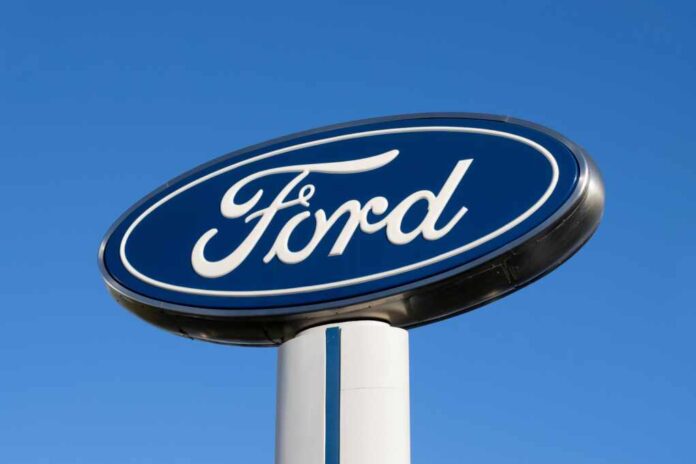
In December Ford Motor Company announced reduced production of its electric F-150 Lighting trucks, manufactured in its Rouge Electric Vehicle Center in Michigan. Half of the 1400 impacted workers will be reassigned to work on gas-powered Internal Combustion Engine (ICE) vehicles. The cuts were attributed to low customer demand for the Electric Vehicle (EV) trucks.
Ford cuts planned 2024 production of electric F-150 Lightning in half Proving once again that EV’s are a toy for the rich who want to virtue signal. EV’s are expensive and unreliable. Ford will cancel all EV’s, unsustainable business model https://t.co/vWLLWfKbMw
— Tom Williams 🍎🍏 (@Owain_Glyndwr1) December 12, 2023
Perhaps that low demand would be in part because Ford recommends not to use the heater in the winter for this particular model. If it gets a bit nippy out — never fear, Ford advises using the heated seats and steering wheel instead. It turns out the heater uses a bit too much battery when the outdoor temperature gets too cold to water ski.
It could be that customers expect a vehicle costing as much as a starter home from not so long ago might be capable of running the heater while driving. Who knew?
EV owners in the Chicago area recently discovered that cold weather means slow charging times, long waits for charging stations and greatly reduced range.
Temperatures do not have to be “extreme” for EV performance to be drastically reduced. The range begins dropping at only 40 degrees Fahrenheit. Below 20 degrees, EVs lose 41% of their range. To help Democrats with the mathematical part of that factoid, it means an EV that could travel 100 miles on a balmy 70-degree day could only manage 59 miles once it drops below 20 degrees.
In a recent press release Ford President and CEO Jim Farley remarked about the cuts: “We are taking advantage of our manufacturing flexibility to offer customers choices while balancing our growth and profitability”
Translation: customers are choosing not to spend $50,000 to $100,000 on trucks that work properly only in t-shirt weather.
Farley continued: “We see a bright future for electric vehicles for specific consumers.”
“Specific customers” means virtue-signaling elites who pay for these upgraded golf carts with their sofa cushion money. The rest of the middle-class public will stick with ICE cars that actually function properly.
Many EVs owners feel they are helping prevent the earth from bursting into flames since their cars lack carbon-dioxide-belching tailpipes. That’s because they believe their EV battery is powered by rainbow dust taken from the manes of unicorns. In reality, an EV battery is a tank that stores electricity instead of gasoline. The EV charging station that fills that tank gets the electricity from the same place as evil climate-destroying dishwashers and dryers. It comes from — wait for it —coal-fired plants, the same ones President Biden wants to shut down while forcing everyone to buy EVs by 2035.
This is the part where Homer Simpson would say “Doh!”.
Perhaps every EV will have a 300-foot tall wind turbine on the roof by 2035. You’ll be able to drive when it’s cold, as long as it’s windy.





























